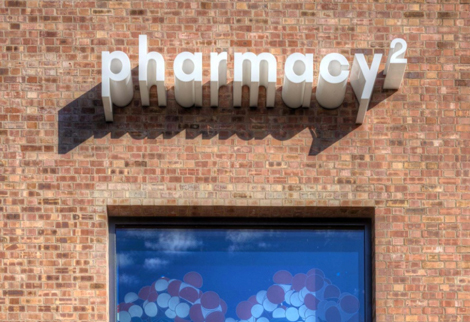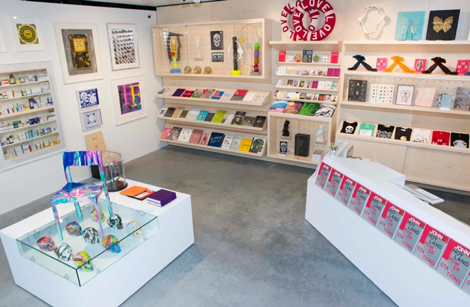For years he was the bad boy of the art world, known for his sawn-in-half cows, his pickled sharks and his diamond-encrusted skull that cost as much as the national debt of a small third world country. There were also the medicine cabinets full of pills and surgical instruments and his restaurant, The Pharmacy, filled with more of the same. And all the while Damien Hirst was becoming as rich as Croesus. Then he started to paint and hung his misguided results in the very serious Wallace Collection and the critics snarled and turned up their noses. For he is no van Gogh or, more precisely, no Francis Bacon, who he so badly wanted to emulate. So what now for one of the world’s richest artists, the once enfant terrible of the no-longer-so-young British artists (the YBAs)? What to do when you have run out of artistic ideas? Well, you open a gallery down the road from Tate Modern, designed by the architect Caruso St. John, to showcase pieces from your vast personal collection to prove that you are a curator of taste and discernment. Hirst has always collected art and now he has a big shiny new gallery in Newport Street SE11 in which to show off what he’s done with all the loot he made from installations. He’s bought paintings.
Surprisingly, the gallery is tasteful, grown-up and restrained, with a beautiful staircase, but in essence no different from other upmarket, white cube galleries. For this inaugural exhibition he has kicked off with paintings by the late John Hoyland, one of a number of British abstractionists whose painterly star waned in the 1990s as the YBA’s was in the ascendant. It is as if Hirst is saying that he knew, all along, that painting is the really serious art form and that he’s apologizing for its unruly disruption.
Opinion is divided on Hoyland. For some he is the best British abstract painter of his generation; for others he misses the mark. But the gallery’s light airy spaces show his large saturated canvases at their best, full of shimmering, intelligent color. The first room houses red paintings, where smudged squares float on their fields of vermillion and crimson. The areas of color are confident, the juxtapositions exciting in that they turn slabs of paint into abutting architectural planes. Born in Sheffield in 1934, Hoyland was of a generation that became enthralled with the American expressionists, and the influence of Rothko and Newman is apparent in the earlier work. A work titled 29.12.66, painted on that very day, shows that he achieved an authentic rather than simply a derivative voice. Later there are a series of fleshy pink paintings that have something of Philip Guston about them, while the paintings showcased in the final room are almost lyrical and pastoral. But Hirst had the sense to stop collecting Hoyland after 1982 when the artist increasingly seemed to lose his way, throwing paint around in an ad hoc clichéd manner with none of his previous visual rigor.
“John Hoyland—Power Stations Paintings 1964–1982,” thru April 3, 2016, Newport Street, London SE11 6AJ; newportstreetgallery.com





